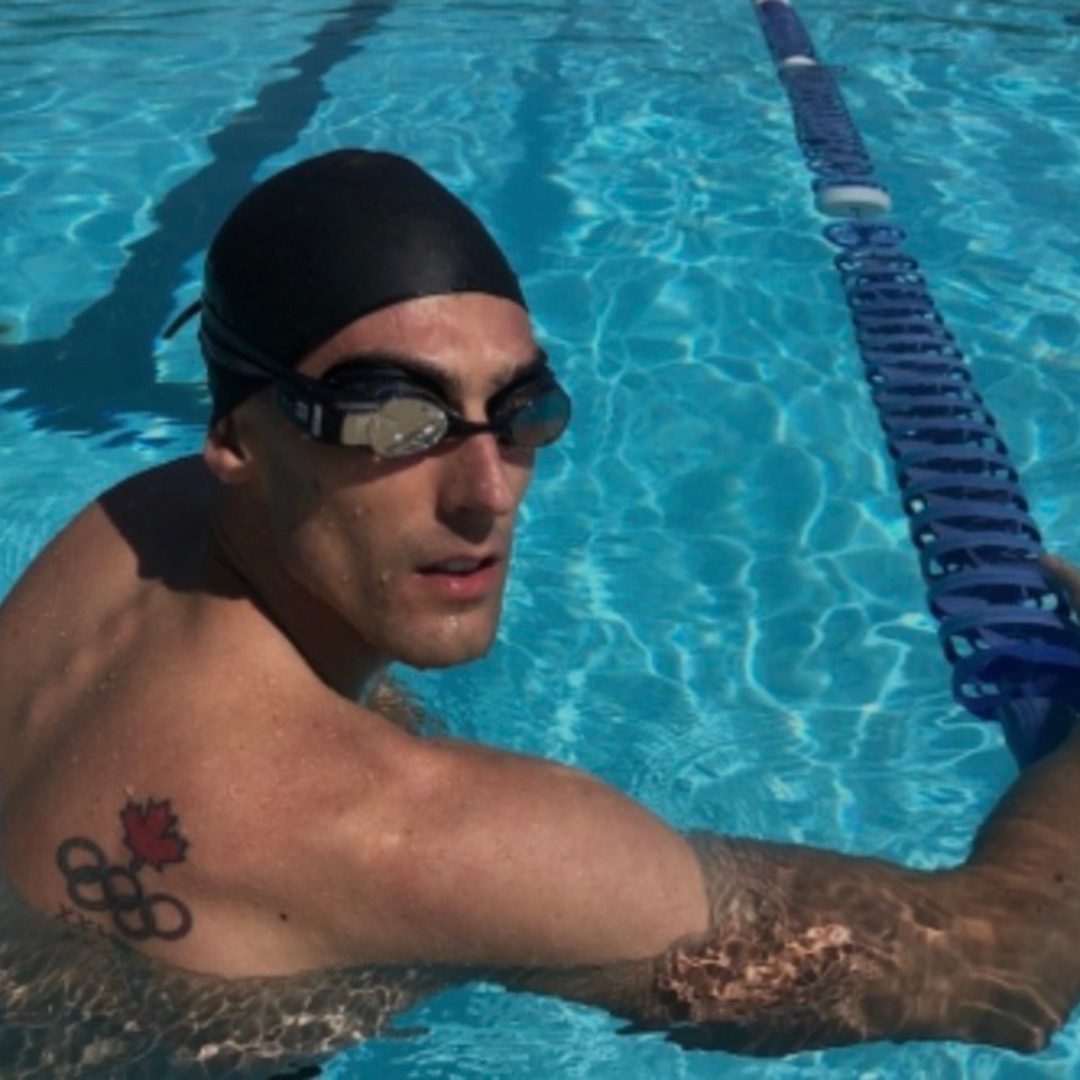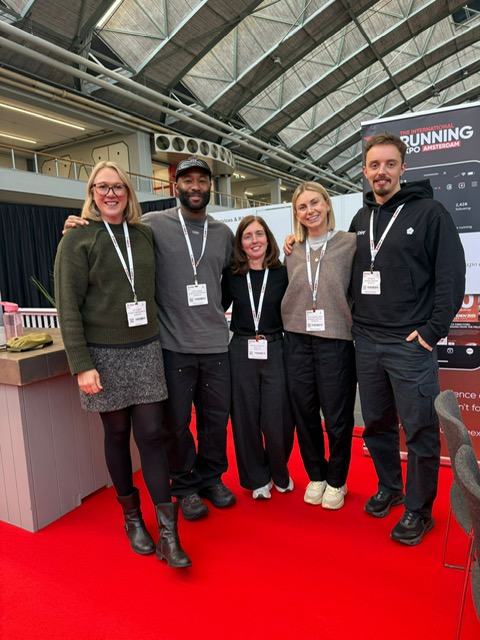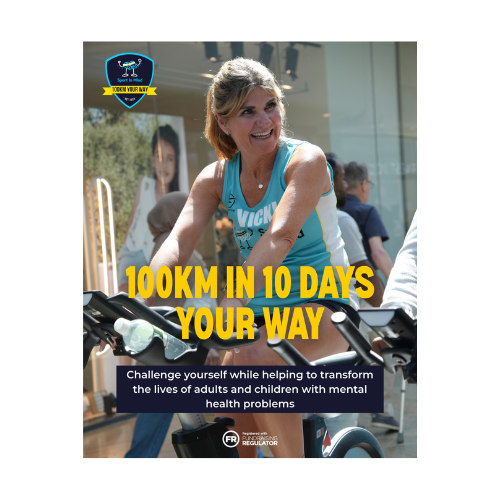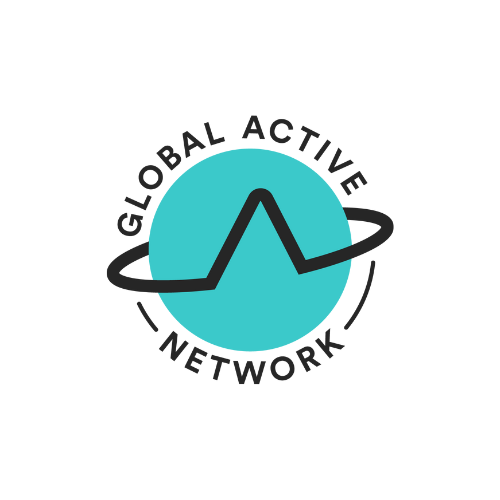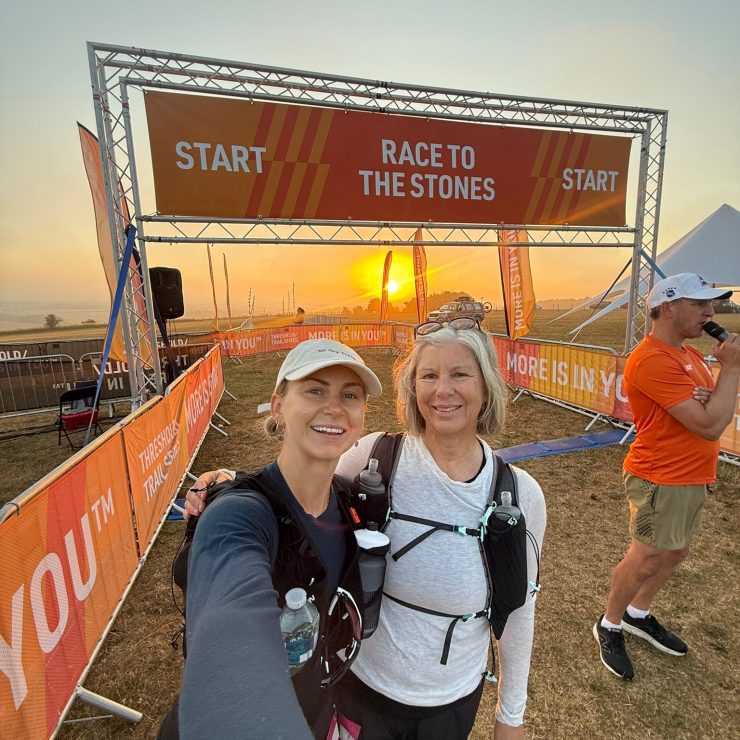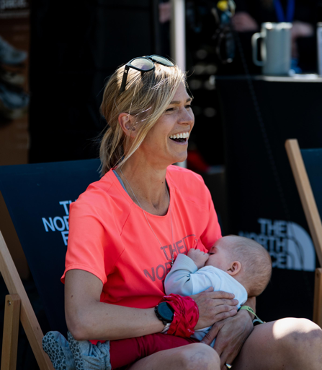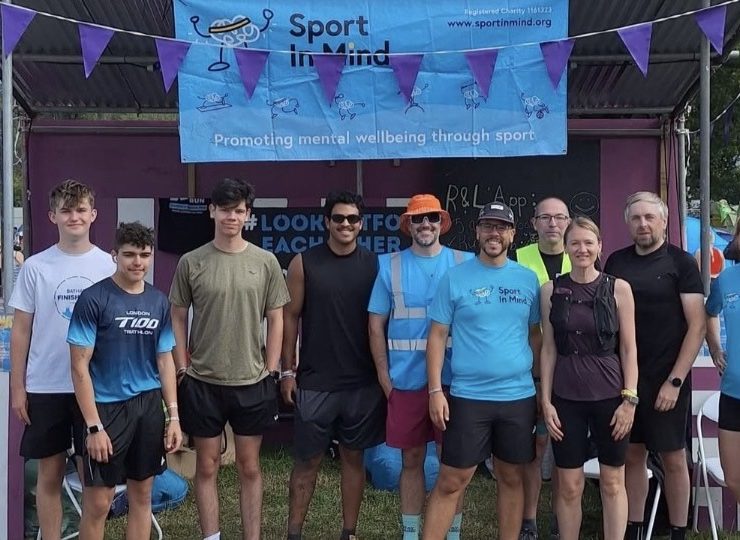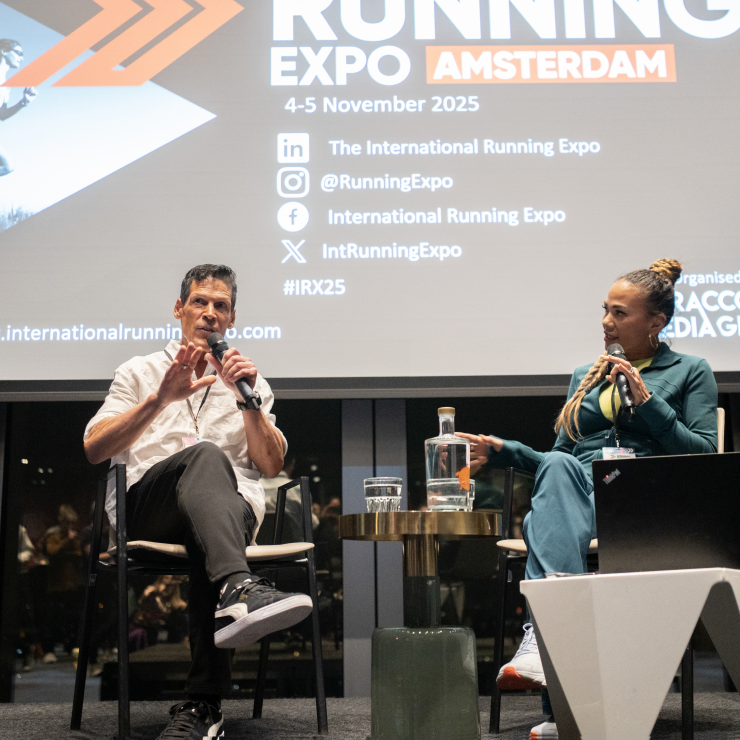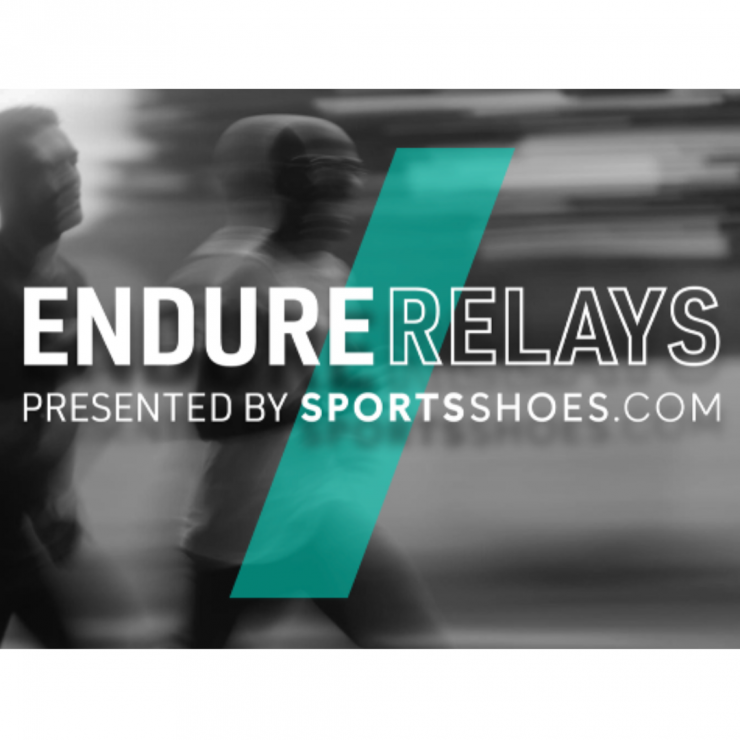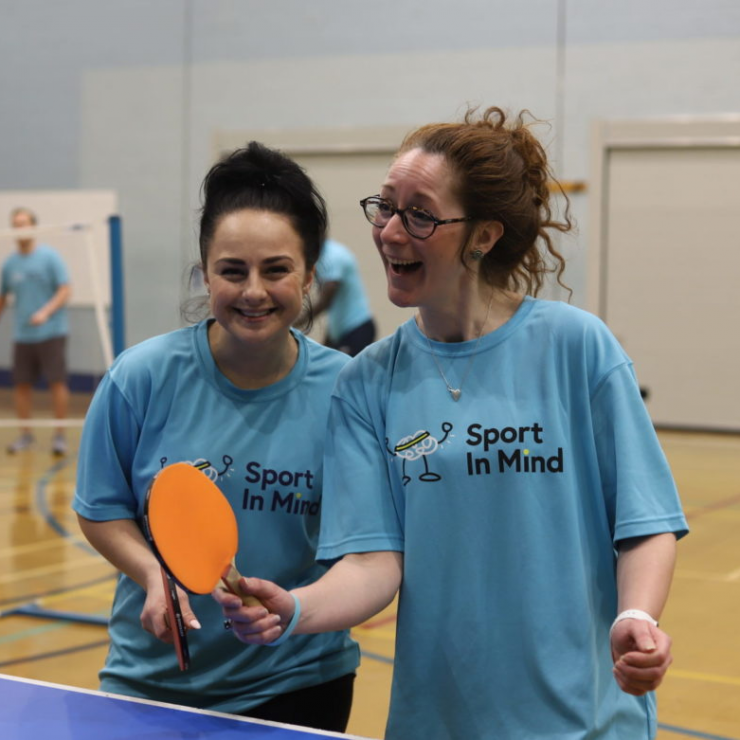We have a major summer of sport ahead of us. The European Championships athletics have just finished, Euro 2024 is in the group stages, and on the horizon we have the Olympics and Paralympics all taking place in Europe alongside major annual fixtures like Wimbledon, the Tour de France races, and UTMB.
Major sporting events create a buzz around the activities we love in a way that is hard to match with traditional marketing – the breadth, depth and intensity of the coverage is unparalleled. But how do we capitalise on that interest? With strict rules around intellectual property it’s often the case that smaller brands – the ones that pay athletes wages through sponsorship throughout an Olympic cycle – are barred from even congratulating their athlete’s success in competition unless they are an official event sponsor. While this is an accepted trade off, it can be a point of frustration for athletes, brands and agencies. But it also breeds creativity – how do we share our passion with an audience that is maybe being exposed to our sport for the first time? And how do we convert that interest into action?
_________________________________________________________________________________
Someone who knows this subject inside and out is former Olympian and Director, Business Development at FORM Swimming, Scott Dickens. We asked him some questions on the subject of major championships and their relationship with marketing and PR, especially for brands that don’t have the capacity to support a federation or the championship itself.
Aspire: Do events like the Olympics have the potential to ‘grow the pie’ and get more people participating in swimming?
Scott: The Olympics bring heightened awareness to amateur sports like swimming, putting swimming on the same stage as professional sports like basketball, track, and more. And because of that we do tend to see a bump in participation numbers during an Olympic year as well as post-games.
Aspire: Do major championships have an impact on FORM and on the way you engage your audience?
Scot: Yes, major championships are a great way for FORM to engage with our current and prospective audiences as championship events elevate the awareness of the sport of swimming and the tools that the athletes use to prepare for such championships.
Aspire: As an athlete, how tricky was it to work around sponsorship restrictions at major champs?
Scott: The Olympics are unique as they have tighter restrictions when it comes to individual sponsorship advertising at the athlete level, but it’s not much different to professional league sports though. For example, if you look at a football team, the team has its team sponsorships that are seen on the player’s jerseys, however, an individual player may have several sponsors that they work with but cannot be displayed during a match. The Olympics is very similar and it is something that is unified for the entire games to provide an even playing field for brands. While there are major sponsors for the games, for countries, and individual athletes, only certain brands have advertising rights to be advertised during the games.
Aspire: Are major events a good opportunity to activate brands to meet consumers in real life?
Scott: Yeah, major championships provide a focal point and put a spotlight on sports like swimming and provide a great opportunity for us to leverage increased awareness amongst fans and athletes as engagement is usually higher during these time periods. Major events are a great way to bring more awareness to consumers as it allows brands to educate consumers on their products. For FORM, seeing our smart swim goggles’ display, understanding our UI/UX, and being able to look through our features goes a long way to help someone get their questions answered, and provide that next level of qualification to secure them as a customer.
_________________________________________________________________________________
Aspire’s founder, Layla Smith, has also been around athletes, sporting events and brand activations throughout her professional career. We asked Layla what she has learned about sport, publicity and PR.
Aspire: You started your career working closely with athletes at Linford Christie’s agency. Linford was known for some of his PR stunts at events – could you describe some of them?
Layla: One standout brand stunt was Linford’s Puma contact lenses worn at an Olympic Press Conference. This simple, visual, and effective stunt created by Linford himself and his agent Sue Barratt, perfectly represented Linford’s trademark focus and tunnel vision. The strong relationship between the athlete and the brand was evident through their collaborative approach to PR activations over many years.
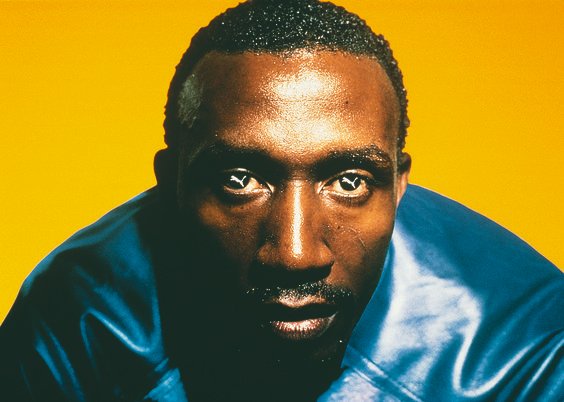
From my experience of working at the Olympics in Athens in 2000, the ‘fringe’ activations of all the big brands was as exciting as the competition itself. Each brand creating an experience that set out to build identity, attract guests, celebrate athletes and shout about their medal count.
Aspire: How does Aspire approach these years with major events?
Layla: For brands that have the resources and budget, having a presence and activating at the major events is powerful. In such cases, it’s essential to show up in style, have a strong presence both on the ground and from a wider campaign perspective, and offer something unique. Combining storytelling, showcasing something new, and utilising great athletes is an effective strategy…oh and making it fun!
For others, activating from afar is still a great way to reach and engage with a relevant audience around a given event. For example, organising an event in London during the Paris Olympics to maximize on the hype. Another approach is to identify emerging events or trends and support them from the start.
Aspire: What are the best ways to activate a brand around major events?
Layla: A powerful stunt can achieve massive global reach if it has the right cut-through, although this has become increasingly challenging to synchronise with major sporting events. Such stunts can also have lasting influence, like Linford’s Puma contact lenses.
In-person events are an excellent way to interact with and get to know your audience better, also to share more brand narrative. If these events are experiential in nature and welcome a strong, influential guest list, they can also achieve significant reach and provide a memorable brand experience.
_________________________________________________________________________________
As with so much in marketing and PR, the tactics agencies and brands are able to employ to garner coverage during championships are dependent on budget. But often the most creative ideas are the cheapest, and bringing people together to enjoy a match, a game or a race on a big screen over drinks and good conversation is something we can do anywhere in the world, at any time of day – sometimes it’s just about celebrating sport itself.
To find out more more about Aspire’s PR services, please email us at hello@aspirepr.co.uk.
Sign up to our newsletter here to keep up to date with our latest news and work.
